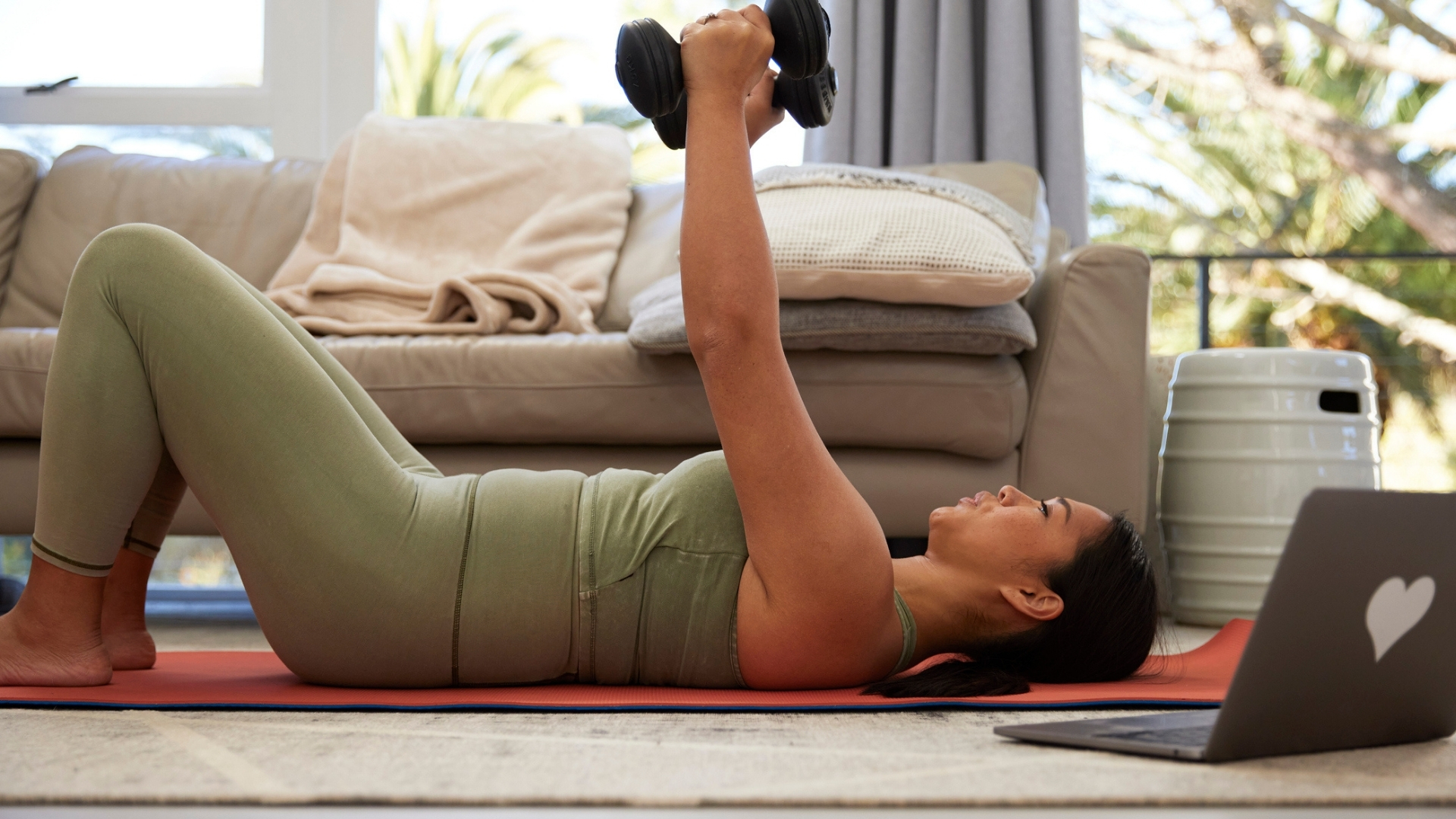
Fitting exercise into your life can be challenging and establishing a routine that works for you isn't always easy. Also, doing the same type of exercise all the time can get boring.
That's one reason why the 3-2-10 method appeals. It involves three days of strength training and two days of Pilates per week, plus 10,000 steps a day.
Maia Henry, a certified Pilates instructor at fitness app Ladder says this method can keep things interesting as well as help you see results.
"It incorporates working on big muscle fibers with strength training, the small muscle fibers with Pilates and cardiovascular health with walking," says Henry. "I've found that to be the best method for toning and leaning up your body."
How to do the 3-2-10 method
Three weight sessions a week
The first principle of this method is to aim for three strength-focused sessions a week. These can be done at the gym or at home if you have weights.
"With the strength sessions, try to challenge yourself with heavier weights and push yourself on those days," says Henry.
The good news is you don't need to spend hours on each strength session. "My sessions range from 30 to 45 minutes and that's all you need, including a warm-up and a cool-down," says Henry.
For strength days, you could try a full-body dumbbell workout or split your sessions to target different body parts— an arms workout on one day and a dumbbell legs workout on another.
Make sure to space out your strength sessions, so you're not doing them on consecutive days, to ensure your muscles adapt and recover adequately for muscle growth.
Two low-impact Pilates workouts a week
If you've never tried Pilates before, it's a fantastic way to target smaller muscles that are often neglected in other forms of exercise, while also improving posture, coordination and balance.
Pilates involves slow and controlled movement, mostly without weights, which complements the challenging strength training you're doing. "On the Pilates days, focus on the movement itself," says Henry. "Practice the mind-body connection.
"Pilates is low impact so it reduces your risk of injury. It can be stressful on your body when you're just doing strength training."
Henry adds that you don't need to feel completely exhausted after every workout. "After a Pilates routine, you shouldn't feel like you've just run a marathon," says Henry. "Pilates isn't about rushing through reps or pushing yourself to your physical limit. Instead, focus on good-quality movement."
Walk 10,000 steps a day
You've probably heard that walking 10,000 steps a day is beneficial for your overall health. According to the US Centers for Disease Control and Prevention, the benefits of walking include lowering your risk of premature death and improving your cardiovascular health without the need for a treadmill or spin class.
"A lot of people don't protect their cardiovascular health as they grow older, but it's so important and has many mental benefits," says Henry.
You don't need to hit 10,000 steps in one go. Try breaking them up throughout the day, to make walking a habit—I've been walking 10,000 steps every day for a year and that's one technique I used to achieve my streak.







